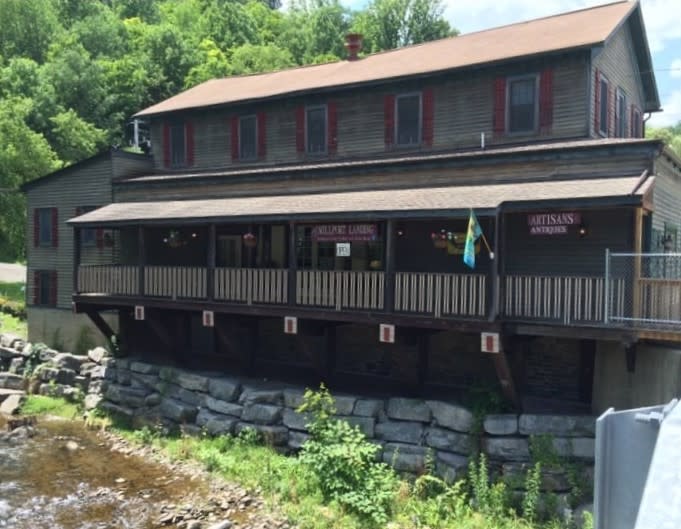

The racial makeup of the village was 96.97% White, 1.01% Native American, 0.34% from other races, and 1.68% from two or more races. There were 132 housing units at an average density of 364.9 per square mile (141.6/km 2).

The population density was 821.0 people per square mile (318.5/km 2). New York State Route 14 passes through the village, which is at the junction of County Road 6A.ĭemographics Historical populationĪs of the census of 2000, there were 297 people, 118 households, and 77 families residing in the village. Īccording to the United States Census Bureau, the village has a total area of 0.35 square miles (0.9 km 2), all land. In the 1840s, several epidemics reduced the population of Millport. Catharine Creek, a north-flowing tributary of Seneca Lake, flows through the village. The presence of the canal helped raise the population about 1,000 for a time. The name was changed to "Millport" in 1829 to recognize its new status by the Chemung Canal which passed by the village. The community was once known as "Millvale" after the village was laid out in 1825. The town's first settler, Green Bently, purchased and developed farmland on the site of the village in 1798. The Sullivan Expedition of 1779 passed through the area.


 0 kommentar(er)
0 kommentar(er)
